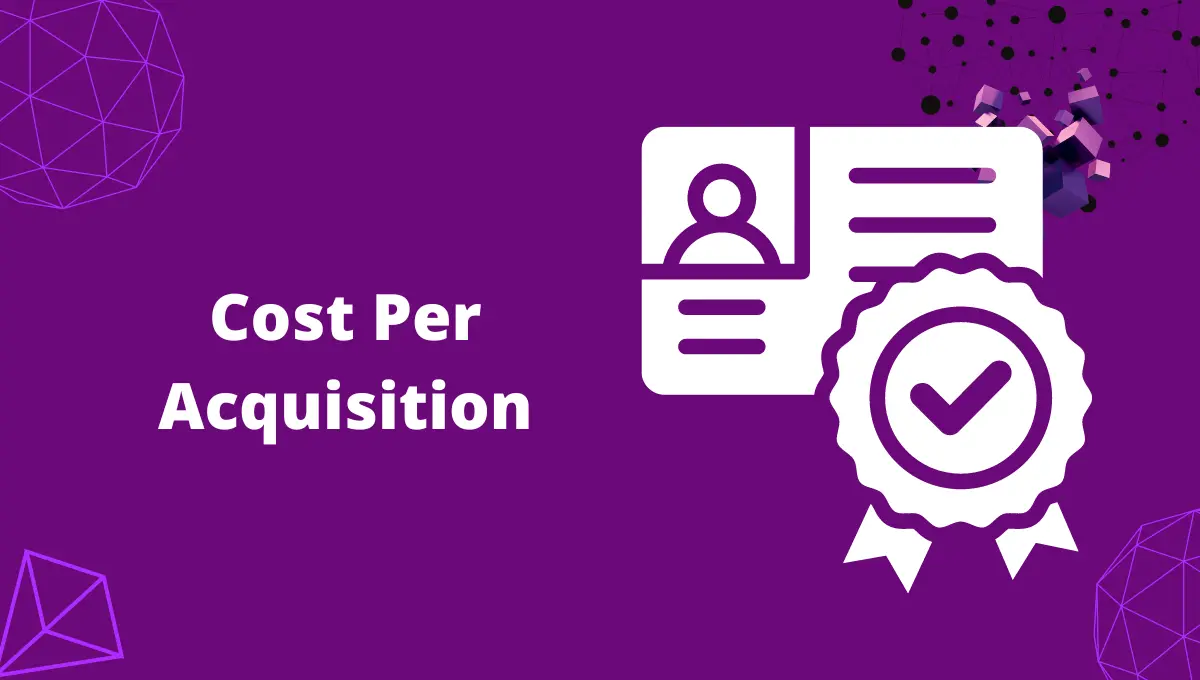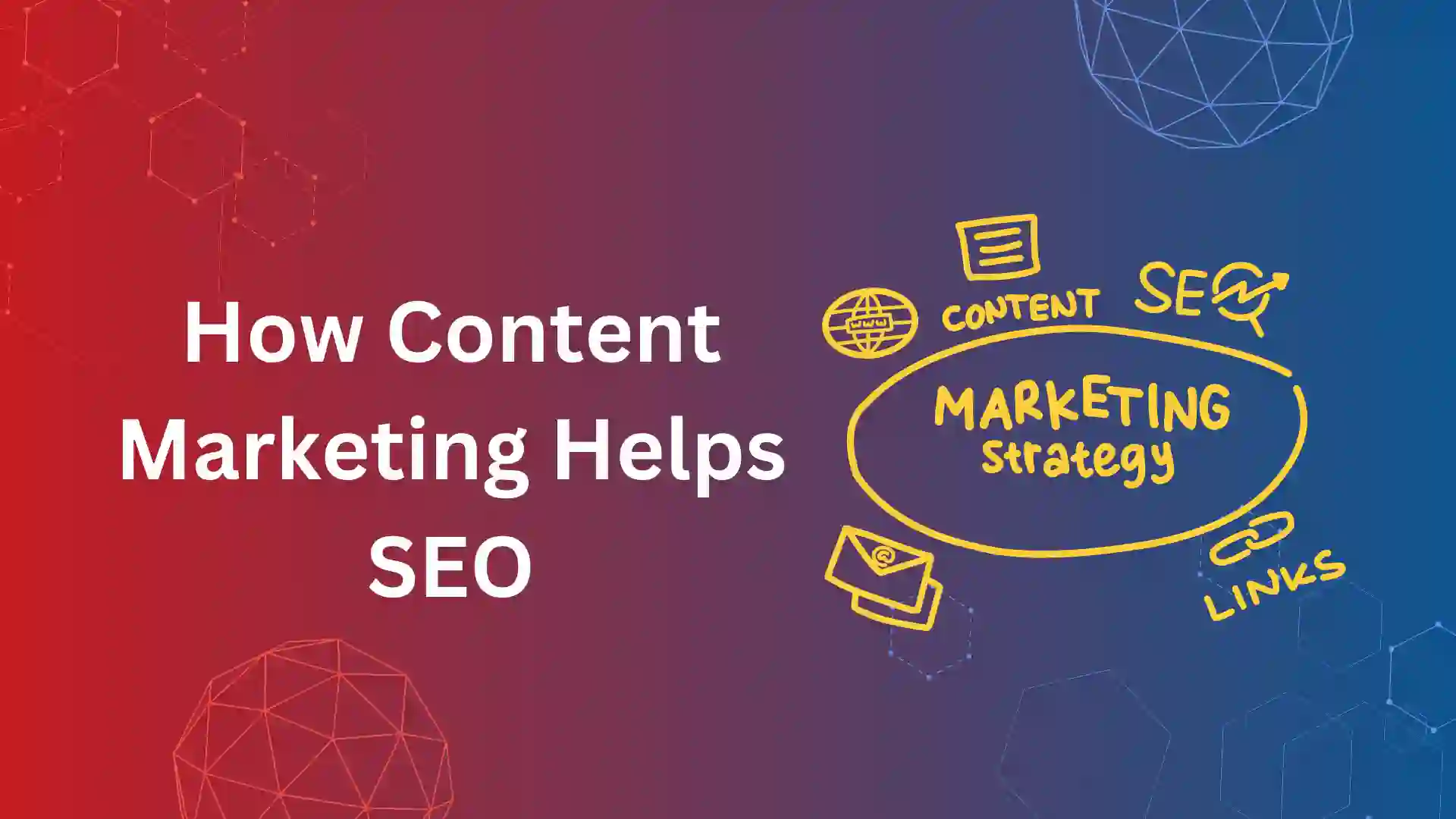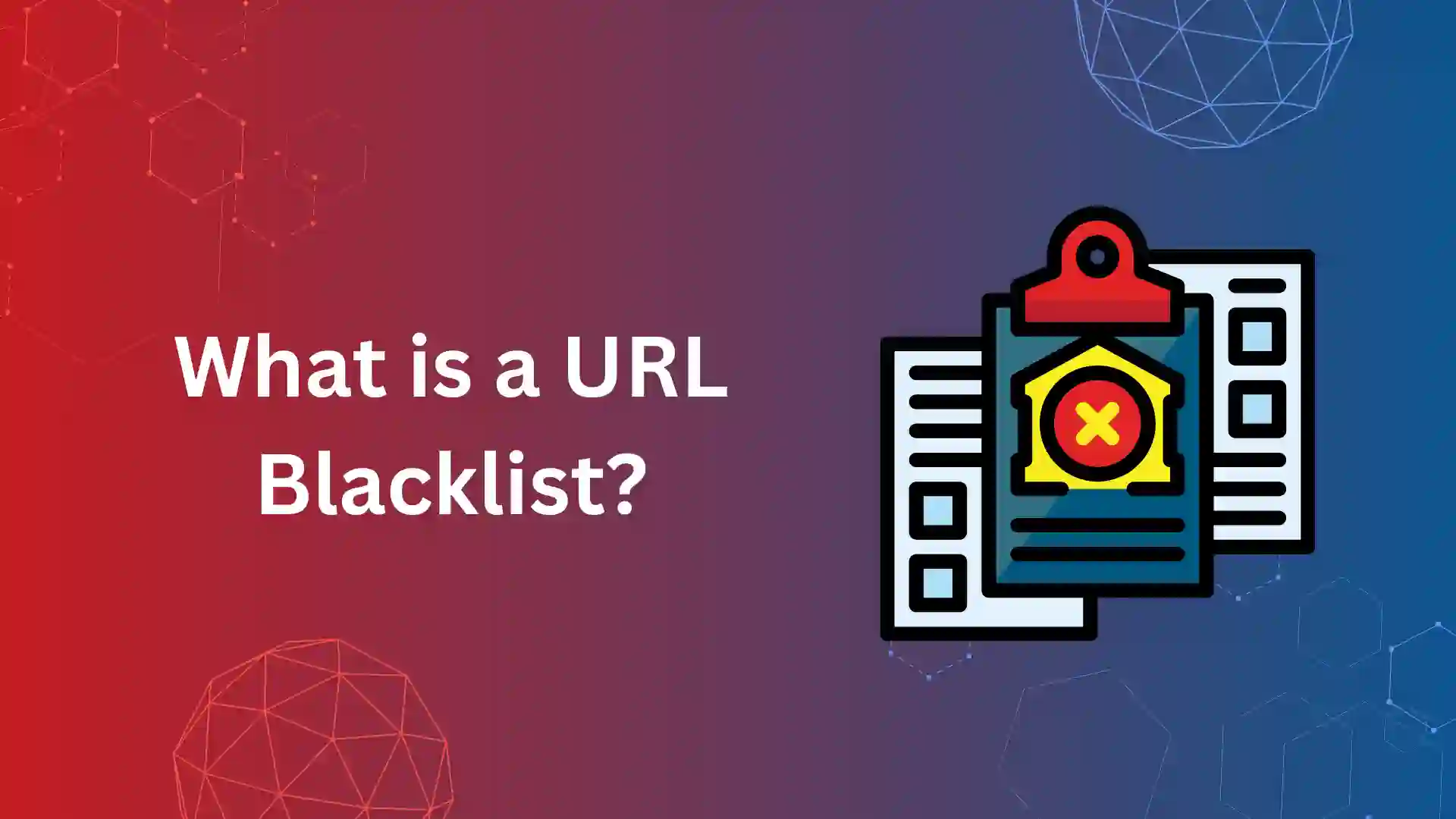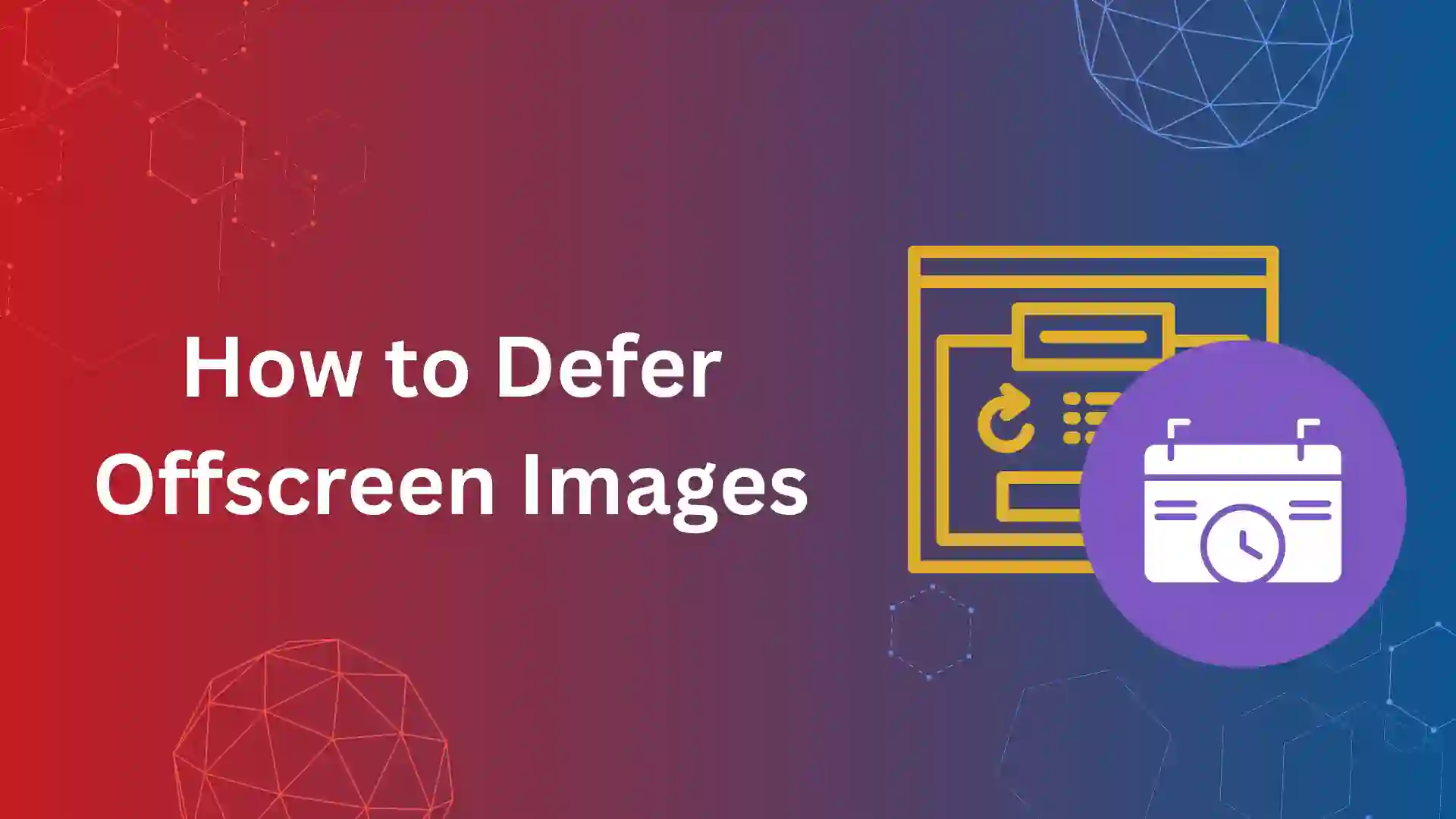In the dense world of performance marketing, there are numerous metrics that you can use to measure the success of your ad campaigns. One such metric is the CPA (Cost Per Acquisition).
While most marketing metrics are the indicators of the success of a campaign—like CPC, CPM, and conversion rates—CPA is also an indicator of the financial success of your campaign.
It can determine your financial success by calculating the overall cost of acquiring a new paying customer. Continue reading this article to get a clear idea about what CPA is and why it is important for performance marketing campaign.
What Is Cost Per Acquisition (CPA)?
Cost Per Acquisition (CPA) is a performance marketing metric you can use to calculate the total cost spent to acquire a new paid customer or subscriber.
Unlike Cost Per Click or Cost Per Impression, CPA focuses on the total cost spent for the customers from the initial click to finally converting into customers.
CPA measures how much it costs until a customer takes a specific action that can result in a conversion. The action may be anything that can lead to the campaign’s success. Some of them are
- clicks,
- subscriptions,
- downloads,
- installs,
- sales, or
- form submissions.
Cost Per Acquisition can also be called Cost Per Action, and they can be used interchangeably. Using AOV (Average Order Value) and CLV (Customer Lifetime Value), you can determine the CPA you can afford with your marketing budget.
While bidding for ad campaigns, you can choose between CPA, CPC (Cost Per Click), and CPM (Cost Per Mille [1000 impressions]) as your marketing metric.
You should prefer CPA over the two because in CPA, you get to pay for a direct result (a conversion) instead of a click or impression, which may or may not lead to conversions.
How Do You Calculate CPA?
You can calculate your CPA by dividing the total money spent on a marketing campaign by the total number of conversions acquired through the same campaign.
Cost Per Acquisition (CPA) = Total campaign cost / Total number of conversions. |
For example, take, for instance, you spent $5,000 on a campaign and got 500 conversions through this campaign. Then by dividing 5,000 by 500, you get your CPA, $10.
Why Is CPA Important for Performance Marketing?
Whatever type of marketing campaign you run, measuring your acquisition costs is important as it can give you a perspective on how well your ads are running and effective they are at attracting customers.
While most metrics are indicators of your marketing success, CPA tells you about your financial success. It lets you measure the revenue impact of your marketing campaigns.
CPA also tells you which marketing channel is more effective at attracting customers and which does not.
This helps you make strategic decisions that help you determine further marketing strategies and save unnecessary spending.
Conversion rates determine your marketing success. CPA is the metric that determines your campaign’s success.
Measuring your CPA with metrics like ROI, conversion rate, and vCPM can help you determine your ad campaign’s performance.
If your CPA turns out to be higher than expected, then it indicates that you need to reevaluate your marketing strategy.
Some of the marketing mediums that CPA can be used are
- social media marketing,
- PPC advertising,
- display advertising,
- affiliate marketing,
- eCommerce,
- EDMs, and
- content marketing.
What Is a Good CPA?
There is no “good CPA” for a business. Every business has different goals, prices, and expenses. A good CPA differs for each business and highly depends on your Customer Lifetime Value (CLV).
CLV is the metric that shows you how much your customer will likely spend during their relationship with your brand. If your average CPC is lower than your CLV, then it means that your campaign is doing well.
A good CPA:CLV ratio is 3:1. If your CPA cost is three times more than that of CLV, then your campaign is doing good. If the ratio is 1:1 or lesser, then it means that you are spending more than you should.
You should understand your business expenses and determine a desired CPA that you can afford to attract new customers.
Spending more than you can afford will only bring you losses. Other factors influencing your CPA other than your operating expenses are given below.
Marketing Budget
The extent of your marketing can be determined by how much you can spend on the campaigns.
If your budget is limited, focus more on terms (keywords) with a high conversion rate and brand queries you can solve.
As your marketing budget increases, you can start focusing on terms with a lower conversion rate and a higher CPA.
Advertising Medium
You can choose where you want to run your ad campaigns among the marketing mediums discussed above.
Be it PPC, affiliate, social media, or other marketing mediums, they have different expectations and different outcomes.
How You Define “Acquisition”
While acquisition or CPA generally refers to the cost of acquiring a single paid customer, it can also be used in other marketing campaigns with other goals.
For example, a campaign that has sign-ups or subscriptions as the main goal. Here, the CPA can also refer to the cost spent to get a single sign-up.
How Do You Track CPA?
You can track your cost per acquisition through various methods. Below are some of them.
- You can export PPC campaign data from AdWords.
- You can utilize UTM parameters to generate link codes for affiliate and social marketing.
- You can implement a CRM system.
- You can build custom links and use promotional codes for internal campaigns.
Tips to optimize CPA costs
Optimizing your CPA costs is important if you want to make the most of your marketing campaigns.
Reducing the CPA can increase your ROI within a short period. Here are some ways that you can optimize and reduce your Cost Per Acquisition costs.
Improve your Quality Score
Quality Score is the metric that determines how relevant and useful your content is to your audience. It is an important metric that determines your ads’ ranking in the search results.
The higher your Quality Score, the higher your rank in the search results. The higher your rank in the search results, the more chances you have of generating more conversions.
Optimizing your content by creating compelling and relevant content and improving your Quality Score is the best way to reduce your CPA costs.
Improve relevancy
Creating compelling and appealing ads for your customers can increase the relevancy of your content. You can create ads that match the search intent of the customers.
You can also use target keywords in your ads instead of broad keywords and make them more relevant to what your audience is searching for on the internet.
Improve landing page experience
Your landing page is the first thing your audience sees after clicking on your ad.
So, make sure you make a good first impression on your customers. The relevancy and appeal of your landing page can also lead to conversions.
You can run A/B tests on your landing pages and see where you can make changes to the content.
Pique your audience’s curiosity
The more intriguing you make it, the more chances your audience will click on your ads. So make your ads more interesting for your audience.
If your ads can pique the curiosity of the viewers, they will want to know more about your products or services.
So, don’t reveal too much information about your services and only highlight their benefits in a convincing way. This can make them want to know more.
Retargeting
Retargeting or remarketing helps you target people who have visited your website and left without taking a particular action.
You can connect with potential leads that can convert into customers. This can increase your conversion rate and decrease your CPA costs.
Checkout page optimization
Checkout cart abandonment (customers who place products on the cart but don’t purchase them) is one of the main reasons behind the increase in CPA charges.
People abandon their carts because there are extra charges to pay while purchasing the product.
Be clear about the total amount customers must pay, including shipping charges.
Other reasons for cart abandonment include technical issues such as website crashes, delayed payment, website time-out, etc.
Creating a more seamless and problem-free checkout experience is crucial for customers to take the final step.
Understand why your audience isn’t converting
By finding out why your audience is not converting after visiting your website or landing page, you can make corrections accordingly.
Make use of exit-intent overlays to re-engage with your audience and find out why they left your website without converting.
Use heatmap tools like hotjar to understand, what your user do with your landing page. This provides you the video representation of what your user does with your landing page.
What are the issues that stop them from completing the purchase. Coupling this data, you can provide a better landing page experience.
Conclusion
- Cost Per Acquisition is a great way to measure your costs and optimize your content accordingly.
- By learning how much it takes to acquire a customer, you can understand how effective your campaign is and how successful it is at attracting customers.
- Getting more conversions will ultimately lead to the growth of your business.
- So, it is your responsibility to create ad campaigns that can attract customers.
- Using CPA can help you with that by bringing in new customers and growing your business.
Frequently Asked Questions
You can calculate your CPA by dividing the total money spent on a marketing campaign by the total number of conversions acquired through the same campaign.
Cost Per Acquisition (CPA) = Total campaign cost / Total number of conversions
A good CPA:CLV ratio is 3:1. If your CPA cost is three times more than that of CLV, then your campaign is doing good. If the ratio is 1:1 or lesser, then it means that you are spending more than you should.
Cost per acquisition is important because it can give you a perspective on how well your ads are running and how effective they are at attracting customers.
It also tells you which marketing channel is more effective at attracting customers and which does not. This helps you make strategic decisions that help you determine further marketing strategies and save unnecessary spending.
Yes, CPA is better than CPC. In CPC, you pay for each click that you get from your ads. In CPA, you only pay when your audience turns into customers. When you only get clicks but not conversions, you don’t have to pay any money.













